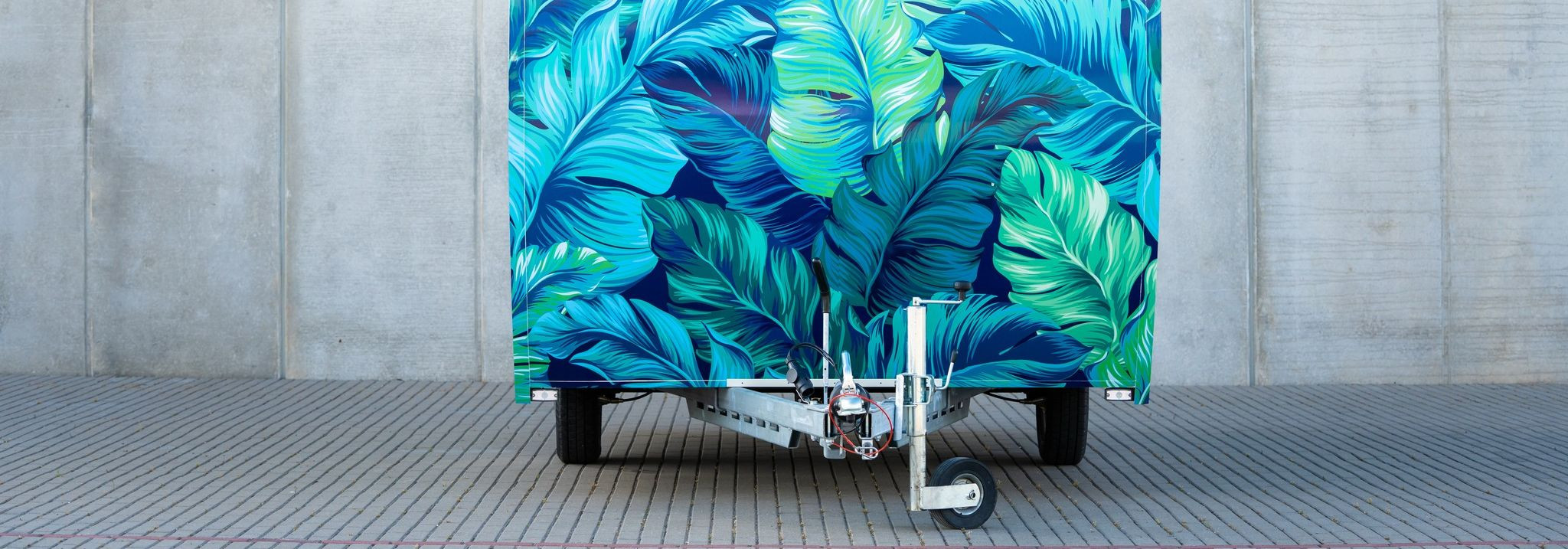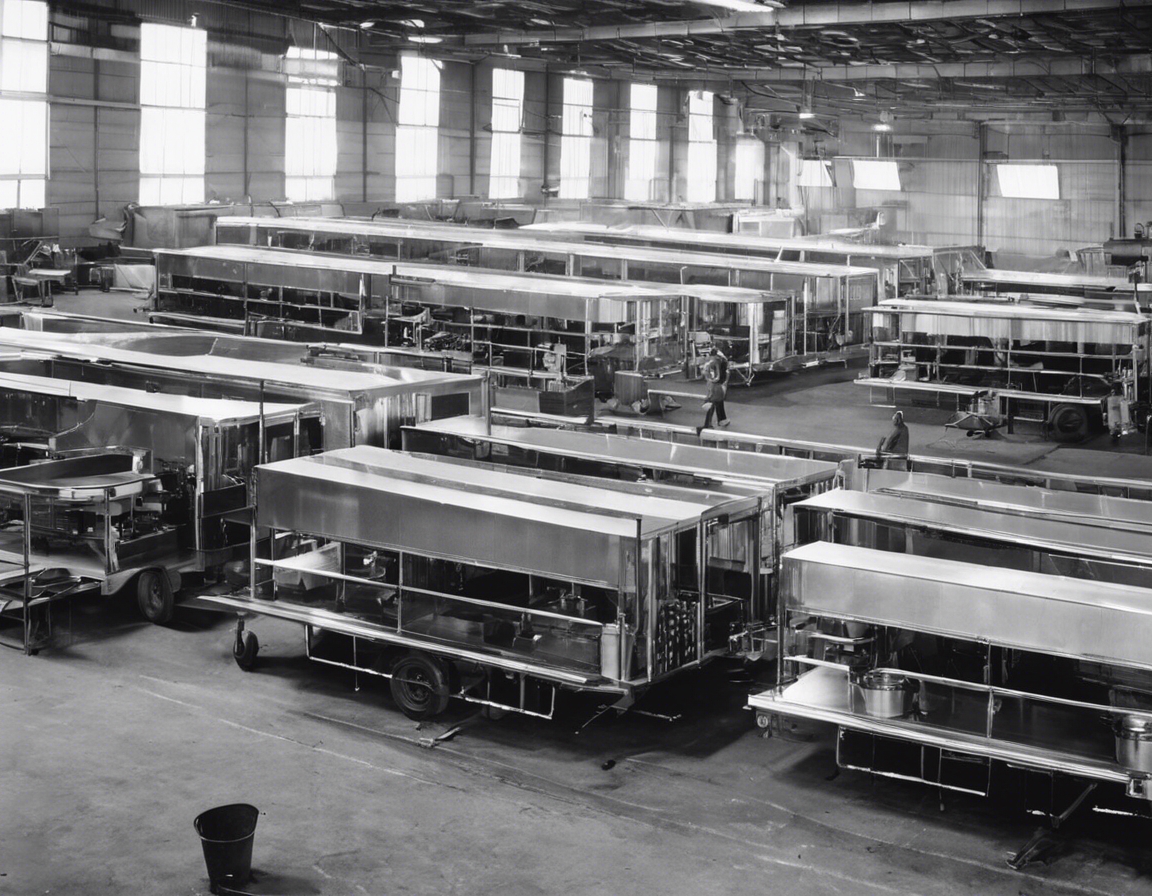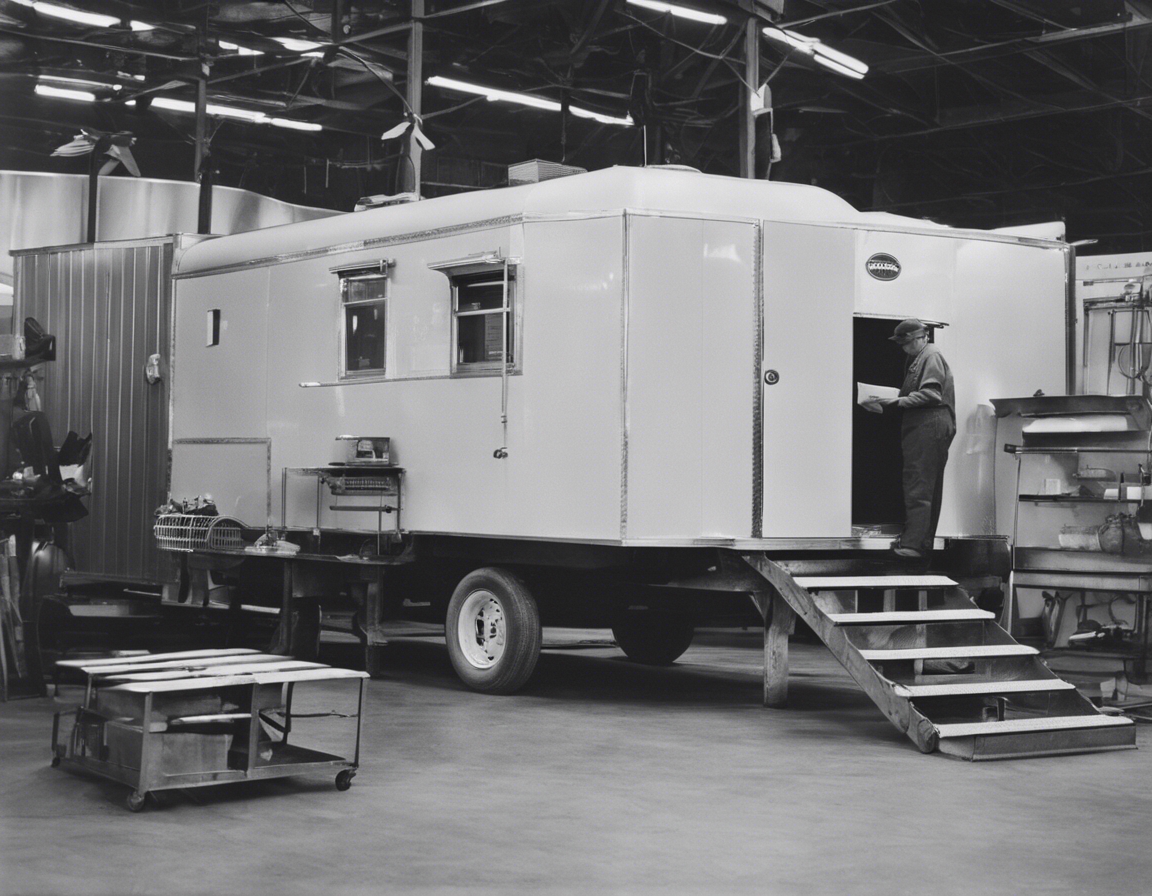The ultimate guide to designing your food trailer layout
Designing the layout of your food trailer is a critical step in establishing a successful mobile catering business. A well-thought-out design not only maximizes the use of space but also enhances workflow, ensuring that your operations run smoothly and efficiently. It's the foundation upon which you can build a thriving business that stands out in the competitive street food market.
Before diving into the design process, it's essential to consider factors such as the size of the trailer, the type of food you'll be serving, local health and safety regulations, and your budget. These elements will significantly influence the layout and equipment choices for your food trailer.
Step-by-Step Guide to Designing Your Food Trailer
Begin by evaluating your menu and what it requires in terms of preparation, cooking, and storage. This will help you determine the types of equipment you need and their optimal placement for a seamless cooking experience.
Space is at a premium in a food trailer. Designing for efficiency involves strategic placement of equipment and storage to ensure every inch is utilized effectively, without compromising on the ease of movement and operation.
Selecting the appropriate equipment is crucial for a functional food trailer. Consider the size, power requirements, and versatility of each piece. It's often beneficial to opt for multi-functional equipment that can serve several purposes, saving both space and cost.
The layout should promote a natural workflow that minimizes unnecessary movement. Ergonomics play a vital role in reducing fatigue and increasing productivity, so ensure that workstations are designed with the comfort and efficiency of staff in mind.
Adhering to health and safety standards is non-negotiable. Your layout must accommodate the necessary sanitation stations and allow for proper food handling practices to ensure the well-being of both staff and customers.
The exterior and interior design of your food trailer are powerful tools for branding. A visually appealing layout that aligns with your brand identity can attract more customers and create a memorable dining experience.
Advanced Tips for Food Trailer Layout Optimization
Modern food trailers can benefit from advanced technology such as point-of-sale systems, digital menus, and energy-efficient appliances. These features can streamline operations and enhance the customer experience.
Flexibility in design allows for menu changes and business growth. Consider how easily equipment can be upgraded or reconfigured to adapt to evolving needs.
Designing with energy efficiency in mind not only reduces operating costs but also appeals to environmentally conscious consumers. Sustainable materials and practices can also be incorporated into your food trailer design.
Partnering with the Right Manufacturer
Working with a manufacturer that offers customization options ensures that your food trailer will meet your specific needs. Custom features can include tailored storage solutions, unique equipment configurations, and personalized branding elements.
Quality construction and durable materials are essential for a food trailer that withstands the rigors of daily use and travel. Choose a manufacturer with a reputation for building trailers that last.
After-sales support is crucial for the longevity of your food trailer. A manufacturer that provides excellent customer service, maintenance, and repair services will be an invaluable partner in your business journey.






Comments (0)